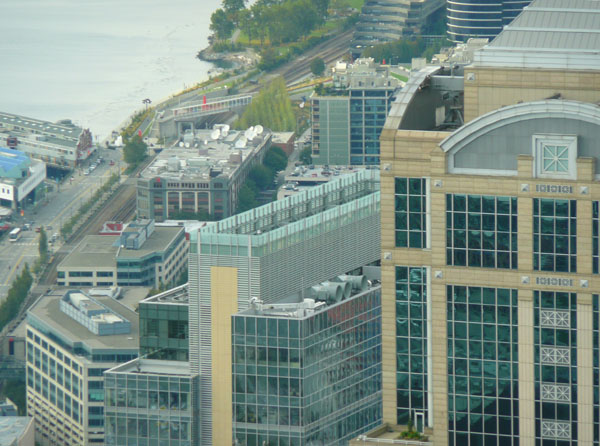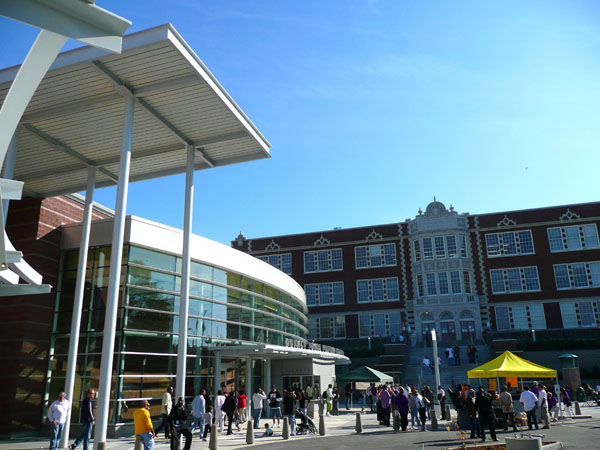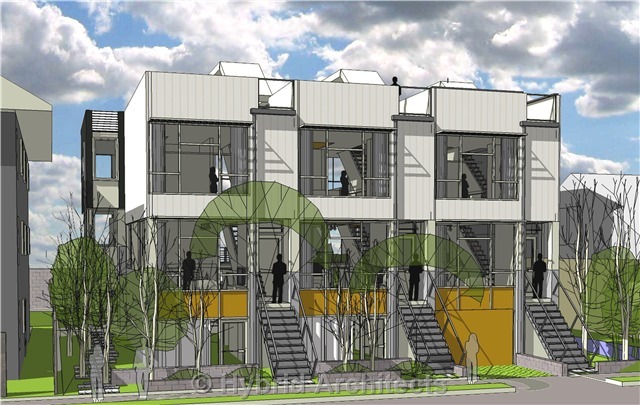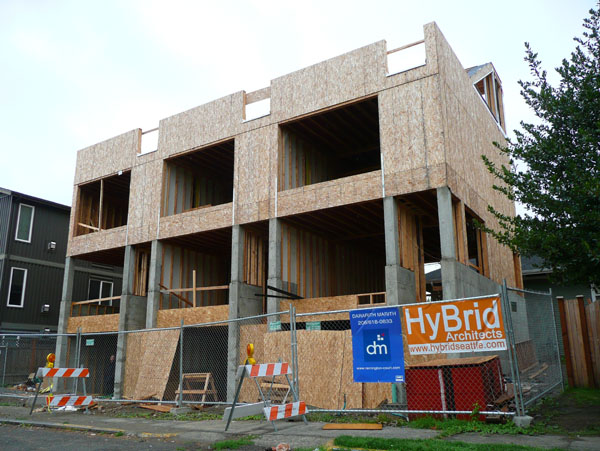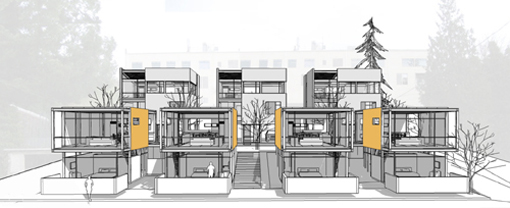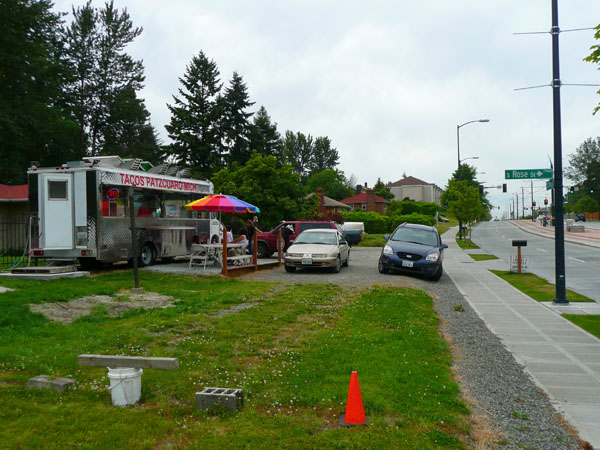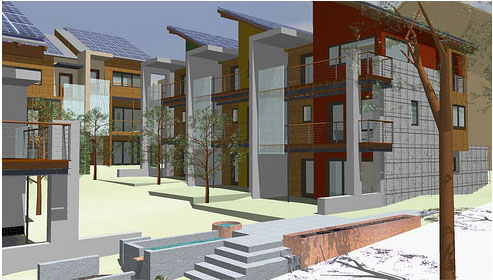In the commentary below, Robert Steuteville, editor and publisher of New Urban News, makes the case that anti-density NIMBYs are a “societal plague.” As has been noted numerous times on this blog (e.g. here, here, here, here, here, here, here, and here), Seattle is not immune. And we shall soon find out if upzones in the SE Seattle light rail station areas will be the next victims of the plague.
Because the topic is so relevant and the author so seasoned, I’ve posted the Steuteville piece in its entirety. But first, a few choice lines for all you short attention spanners:
“To solve the problems we face, zoning reform has to take place at least 10 times as rapidly as it is proceeding now. And I think that’s going to occur, so to speak, over dead NIMBY bodies.
“Nothing noble, or even rational, fuels their opposition to smart growth.
“NIMBYism is the can’t-do spirit, which is in danger of strangling this country if we let it.”
>
From the June 2008 issue of New Urban News:
We can’t let NIMBYs sink reform
By Robert Steuteville
A case can be made that NIMBYs (not-in-my-backyarders) pose a serious threat. That’s right: The neighbors who fight, to their dying breath, a zoning change or a “high-density†development — anything that has more people per acre than their subdivision — are a societal plague.
We’re facing many crises, including spiraling fuel costs, a housing stock that in many places is losing value, and carbon emissions that cause global warming. All of these are related to land use. We cannot cut back fast enough on fuel use and carbon emissions when 80 percent of the built environment is designed for driving, to the exclusion of walking, mass transit, and other modes of transportation.
Because of changing demographics, rising fuel costs, and other factors, America’s dominant pattern of large-lot housing and segregated uses is increasingly out of whack with the market. This leads to dropping property values.
Market forces are not by themselves a solution — but they could help if we let them. The market for compact, walkable, transit-friendly development is woefully undersupplied. By some estimates, if we did nothing but build that kind of housing for the next 25 years, the US would still have a surplus of large-lot single-family houses.
The key to the problem is zoning that has systematically restricted density and mixed use for 80 years. This kind of zoning is self-perpetuating, because the homeowners who move into the large-lot houses have the power to maintain the zoning, regardless of market demand for other kinds of housing.
Form-based codes are an answer. Nonetheless, after two decades of work by new urbanists, no more than 100 form-based codes are on the books in the US. At the current rate, we’ll reform zoning in America in another century or so. That is too long to wait.
Lancaster County, Pennsylvania, is home to the Amish, and has some of the nation’s best farmland. Large-lot sprawl has been devouring this precious resource for decades, forcing many of the Amish to move to Upstate New York and other regions in the search for affordable farm land.
In the early 1990s, planners, developers, and other officials around Lancaster began to discuss smart growth and traditional neighborhood development (TND). Their meetings culminated in a regional plan — called “Growing Together†— to manage growth and save farmland. One of the municipalities involved, East Hempfield Township, was lucky enough to have some of the nation’s top planners design developments in accordance with that vision. East Hempfield could have been a model for smart growth. Instead, NIMBYs stormed the municipal building by the hundreds to protest a code that would have allowed TND to move forward.
“People felt it was too far, too fast, and we got our hands slapped,†East Hempfield planner Mark Stivers told the Lancaster News. Too fast — after 16 years of careful and deliberate planning.
NIMBYism is worst in the Northeast and California, where it’s not uncommon for even the best development — projects that are clearly smart growth — to take 5 or 10 years to get approved or denied. But there are NIMBYs all over, even in places that are relatively welcoming to development. To solve the problems we face, zoning reform has to take place at least 10 times as rapidly as it is proceeding now. And I think that’s going to occur, so to speak, over dead NIMBY bodies.
Nothing noble, or even rational, fuels their opposition to smart growth. With conventional development, there’s some justification. With smart growth, it’s fear of change, prejudice, stubbornness, and the mentality of the mob.
Meeting the coming challenges will be enormously difficult — perhaps as difficult as winning World War II — and we will need every bit of the old can-do American spirit. NIMBYism is the can’t-do spirit, which is in danger of strangling this country if we let it. We must not let that happen.



